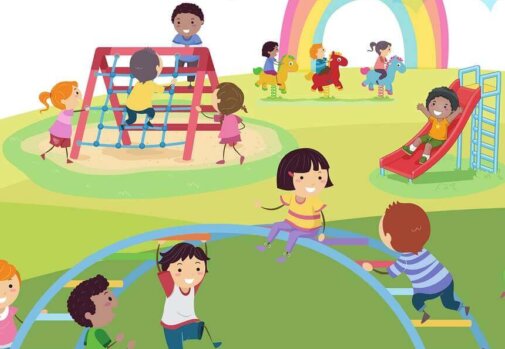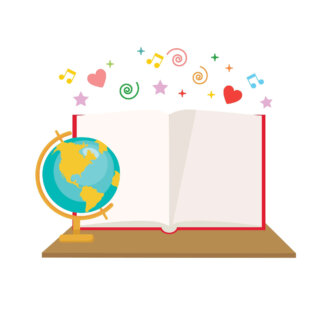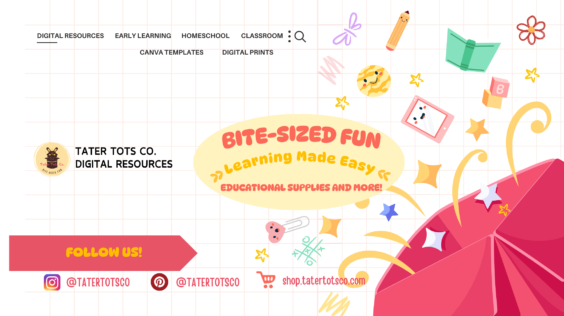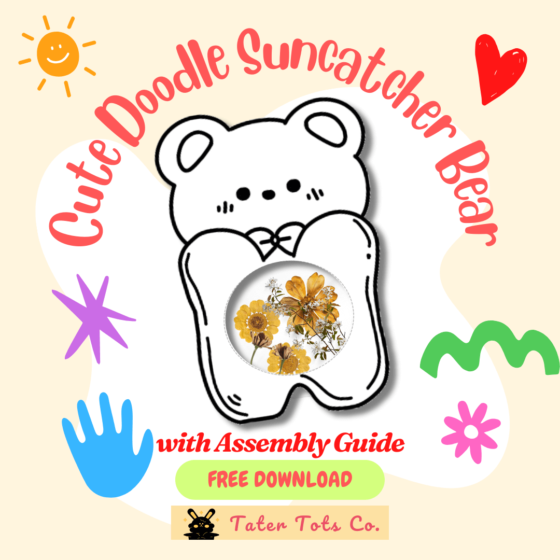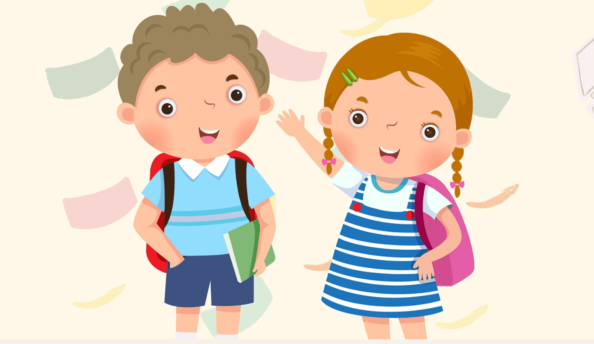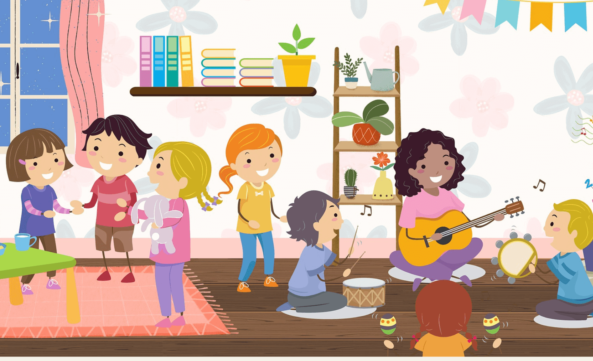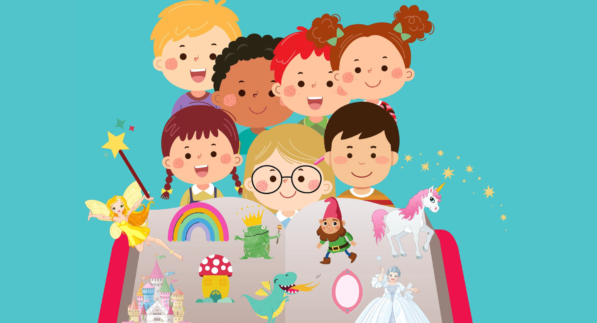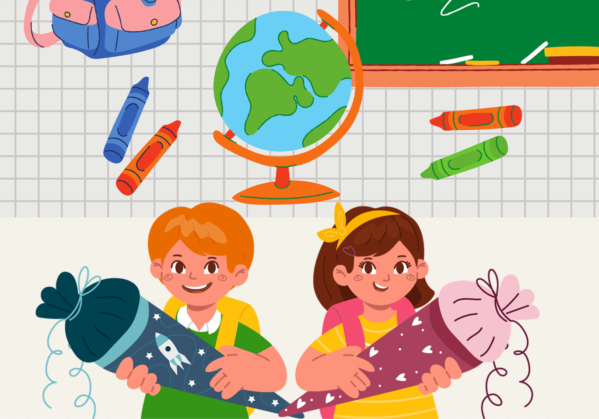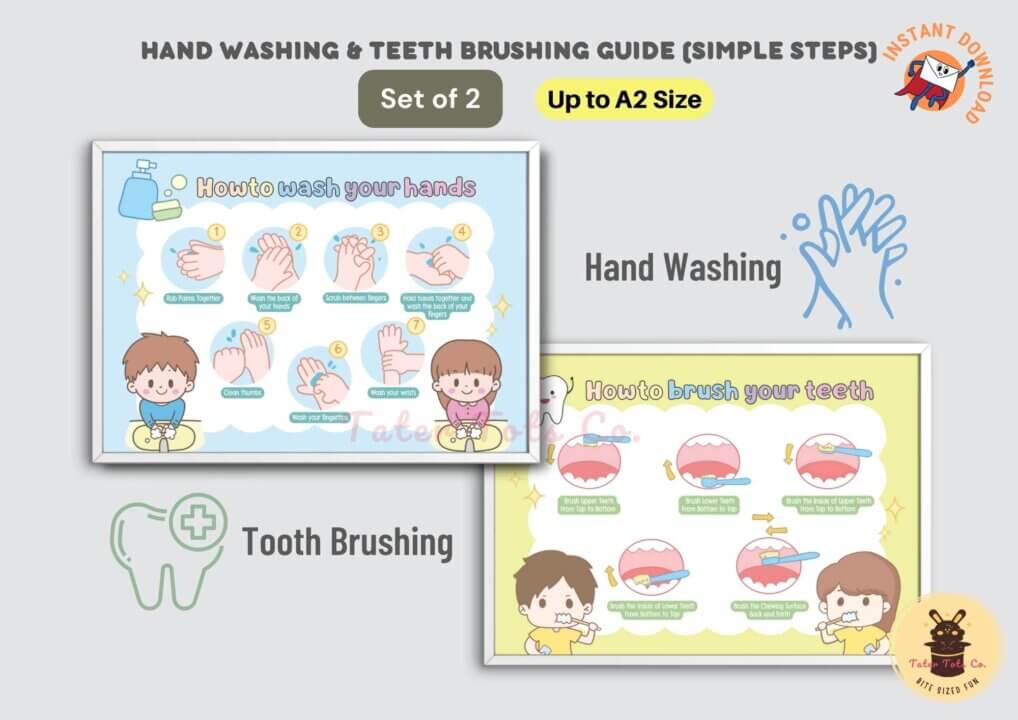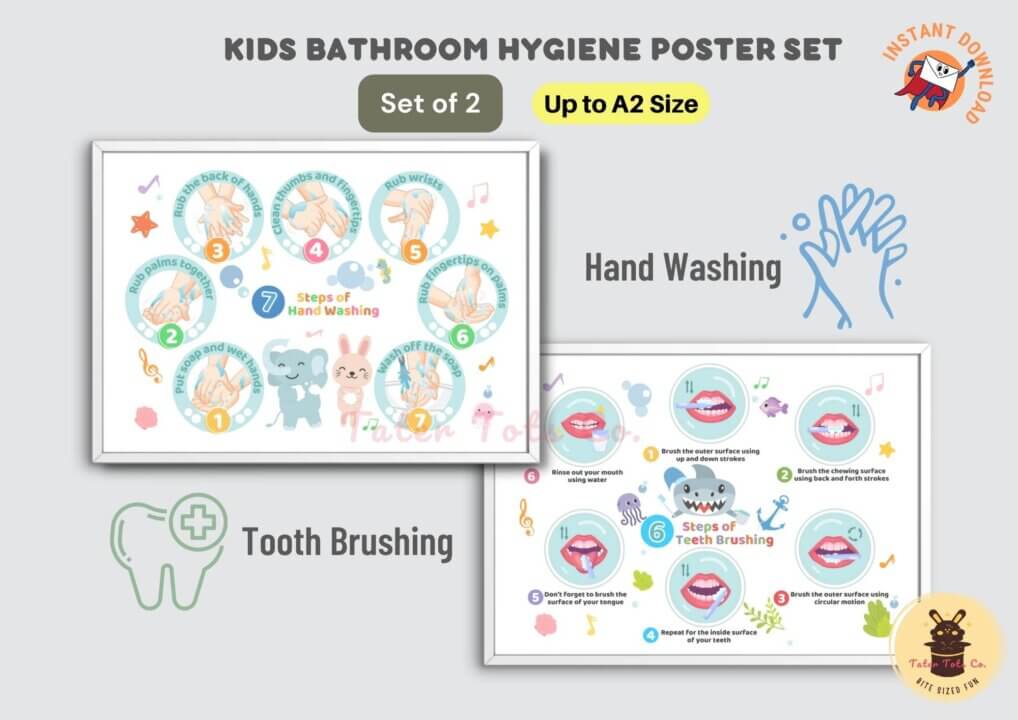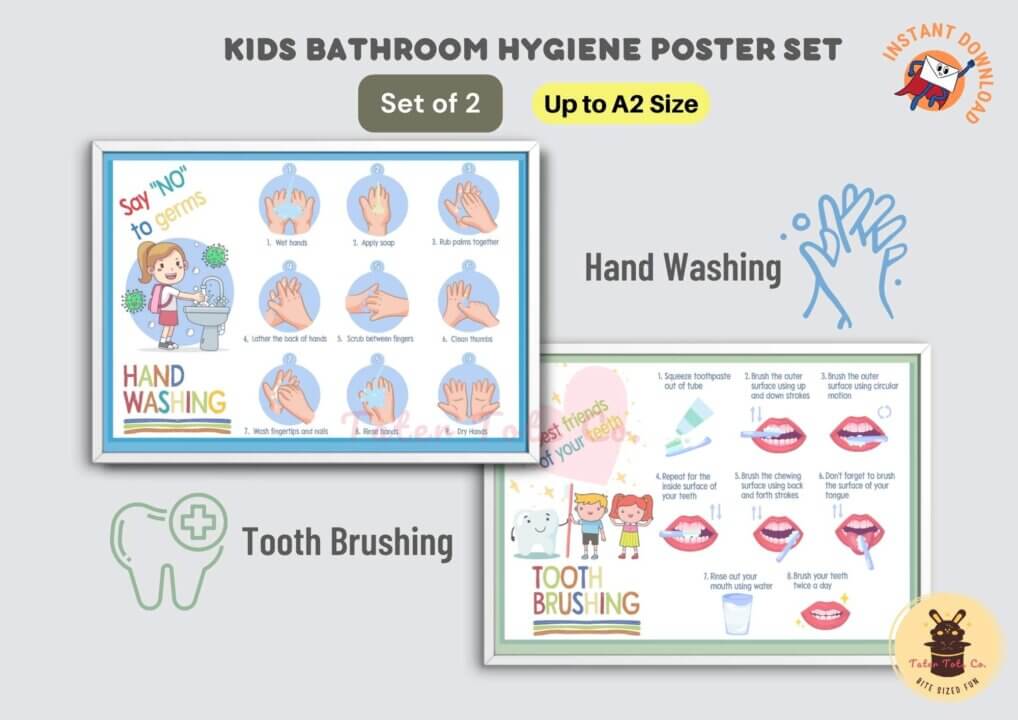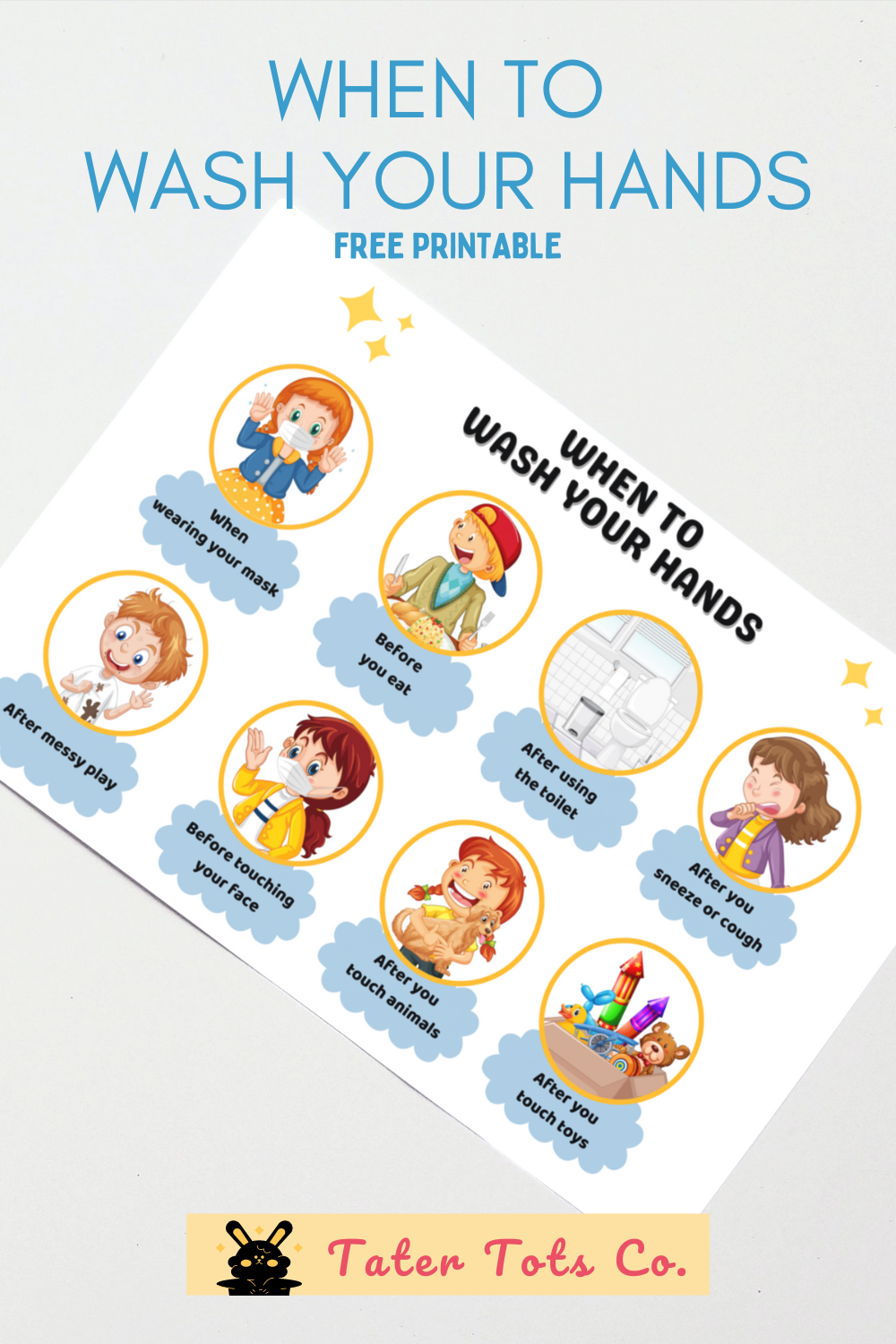
How to teach kids handwashing from young? – Free “When to wash hands” Handwashing Guide
Introduction
Handwashing is one of the most basic hygiene practices taught from a young age. And it’s no wonder – kids need to be educated and taught how, when, and why to wash their hands from an early age.
Proper handwashing is the first line of defense against the spread of germs that can lead to various infections and diseases. The simple act of washing hands with soap and water for at least 20 seconds reduces germ count by up to 99%.
Germs can spread easily in children through various means, including:
- Touching dirty hands: Kids often touch their faces, mouths, and eyes without realizing it, transferring germs from their hands.
- Changing diapers: This is a common source of germs, making it crucial for caregivers to wash their hands thoroughly after changing a diaper.
- Contaminated food and water: Kids may not always wash their hands before eating, leading to the ingestion of harmful bacteria.
- Droplets in the air: When someone coughs or sneezes, germs can spread through the air, landing on surfaces or directly onto other people.
- Dirty surfaces: Children frequently touch surfaces in public places, such as playgrounds, schools, and restaurants, where germs can linger.
- Contact with sick individuals: Germs can spread through direct contact with a sick person’s body fluids, making hand hygiene even more critical during cold and flu season.
Continue reading on to download a FREE “When to wash hands” Handwashing poster that you can display at home or in the classroom.
How to Teach Kids Proper Handwashing
Here are the key steps to teach kids about effective handwashing:
- Here are the key steps to teach kids about effective handwashing:
- Wet Hands: Start by wetting hands with clean, running water (warm or cold). Encourage kids to turn off the tap while lathering to conserve water.
- Apply Soap: Use enough soap to cover all surfaces of the hands. Explain to kids that soap is essential for breaking down germs.
- Lather and Scrub: Instruct them to lather up for at least 20 seconds. Make sure they scrub well, getting in between fingers, on the backs of hands, under the nails, and on wrists where germs like to hang out.
- Rinse Thoroughly: Rinse hands well under clean, running water to wash away the soap and germs.
- Dry Hands: Dry hands thoroughly with a clean towel or air dryer. If using a towel, remind them to use it to turn off the faucet to avoid re-contaminating their hands.
Fun Ways to Encourage Handwashing
To make handwashing more engaging for kids, consider these fun ideas:
- Songs and Rhymes: Sing a song or rhyme while washing hands. For example, singing “Happy Birthday” twice or creating a fun handwashing jingle can help kids time their washing.
- Handwashing Charts: Create a colorful handwashing chart that outlines the steps and when to wash hands. Kids can check off each step as they complete it. We offer a variety of handwashing resources that complement dental hygiene practices, promoting overall cleanliness and health, check them out below.
- Handwashing Games: Incorporate games that involve handwashing, such as a scavenger hunt for germs (using glitter or confetti to represent germs) and then having kids wash their hands to “remove” them.
- Storytime: Read books or watch videos that emphasize the importance of handwashing. Stories featuring characters who wash their hands can resonate with children and reinforce the habit.
Kids’ Hygiene Resources
Provide kids with easy handwashing steps and visuals to help them learn and understand the process,
- Wet Hands
- Apply Soap
- Palm to palm
- Back of hands
- Between Fingers
- Back of Fingers
- Base of Thumbs
- Fingernails
- Wrists
- Rinse and wipe try
When Should Kids Wash Their Hands?
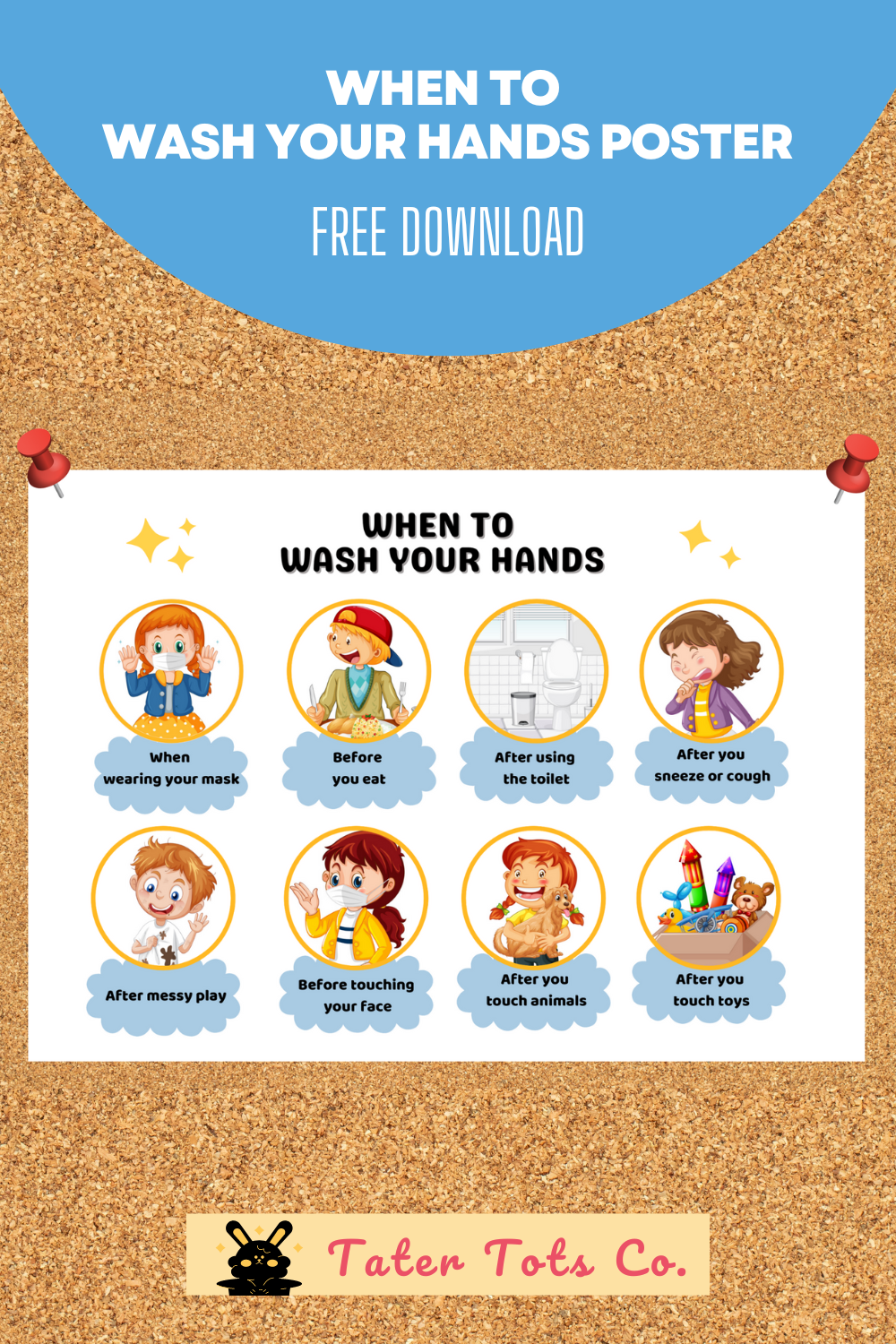
Children should wash their hands in the following situations:
- Before Eating or Handling Food: This includes snacks, meals, and food preparation.
- After Using the Toilet: This is crucial for preventing the spread of bacteria.
- After Playing Outdoors: Children often encounter dirt and germs while playing outside.
- After Handling Pets or Animals: Animals can carry germs, so washing hands after petting or playing with them is essential.
- After Sneezing, Coughing, or Blowing Their Nose: This helps prevent the spread of respiratory illnesses.
- After Spending Time in High Traffic Public Places: Places like schools, parks, and public transportation can harbor many germs.
To help reinforce the importance of handwashing, we invite you to download our free “When to Wash Hands” educational poster. This colorful and informative guide can be displayed at home or in the classroom as a helpful reminder for kids.

Download the “When to wash hands” poster for free here.
By downloading our free printable, you agree to our Terms & Conditions of usage.
Why should kids wash their hands?
Prevention is always better than cure. We all know that handwashing can prevent germs, bacteria, and viruses from spreading and is vital to practice especially in school, at home, or in common areas.
But young kids may not know what germs, bacteria, and viruses are – hence we should explain to them that these are harmful substances that make them sick.
Ensure that kids understand the importance of hygiene and cleanliness wherever they are.
As parents, it is most certainly not fun taking care of sick kids hence the importance of reinforcing hygiene into daily practice and routine.
Preschooler Handwashing Tips
Other than setting up a good handwashing routine, model good handwashing behavior yourself from a young age so kids will carry this healthy habit into adulthood. Be patient and remind them often, as it takes time for children to get into the habit of washing their hands properly.
Some other ideas could be as follows,
- Use different colors, scents, and even textures of soap to entice young kids to wash their hands
- Setup a reward system or sticker chart to award young kids who wash their hands correctly or regularly
- Use foaming soap, kids love these because of the bubbles
- Use fun hand soaps that come in different shapes and colors compared to regular soap
The Role of Parents and Educators
Parents and educators play a vital role in instilling the habit of handwashing in children. Here are some tips for creating a supportive environment:
- Lead by Example: Show children that you wash your hands regularly and follow the same steps you teach them.
- Create a Routine: Incorporate handwashing into daily routines, such as before meals, after playtime, and after using the bathroom.
- Positive Reinforcement: Praise children when they remember to wash their hands or do it correctly. Positive reinforcement encourages them to continue the behavior.
- Educate About Germs: Use age-appropriate language and visuals to explain what germs are and why handwashing is essential. Kids are more likely to wash their hands if they understand the reasons behind it.
Conclusion
Model good handwashing behavior yourself from a young age so kids will carry this healthy habit into adulthood. Be patient and remind them often, as it takes time for children to get into the habit of washing their hands properly.
Download our free “When to Wash Hands” handwashing guide to display at home or in the classroom as a helpful reminder. Proper handwashing is a simple but powerful way to keep kids healthy and prevent the spread of germs. Start teaching this essential skill today!
For other Learning Resources for preschoolers, you may visit the section here.
Attribution
“When to wash hands” poster: Children vectors created by brgfx – www.freepik.com
“Handwashing guide” poster: Bunny and elephant Art Illustrations created by jcomp. Water vector created by brgfx – www.freepik.com
“Teeth brushing” Teeth vector created by pch.vector – www.freepik.com.
“Handwashing Poster” poster Water vector created by www.freepik.com.
Subscribe to our newsletter to receive alerts on free printable straight to your mailbox, you also get a free All-in-one preschool preparatory pack when you do so.
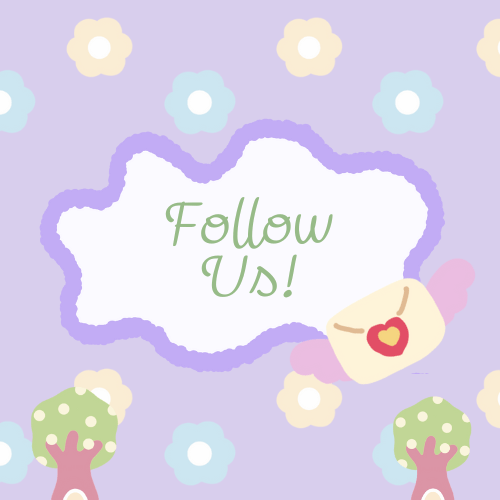
Enjoyed this freebie? Follow us on Facebook/Pinterest for the latest blog updates, freebies, and Ukulele printables.
[menu_in_post_menu menu=96 style=”list”]
Warmest Regards,